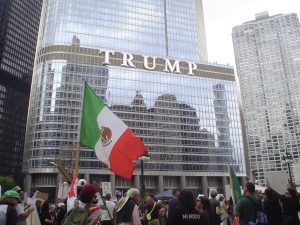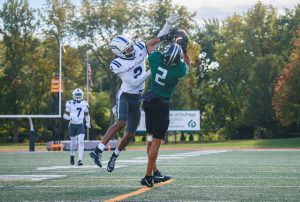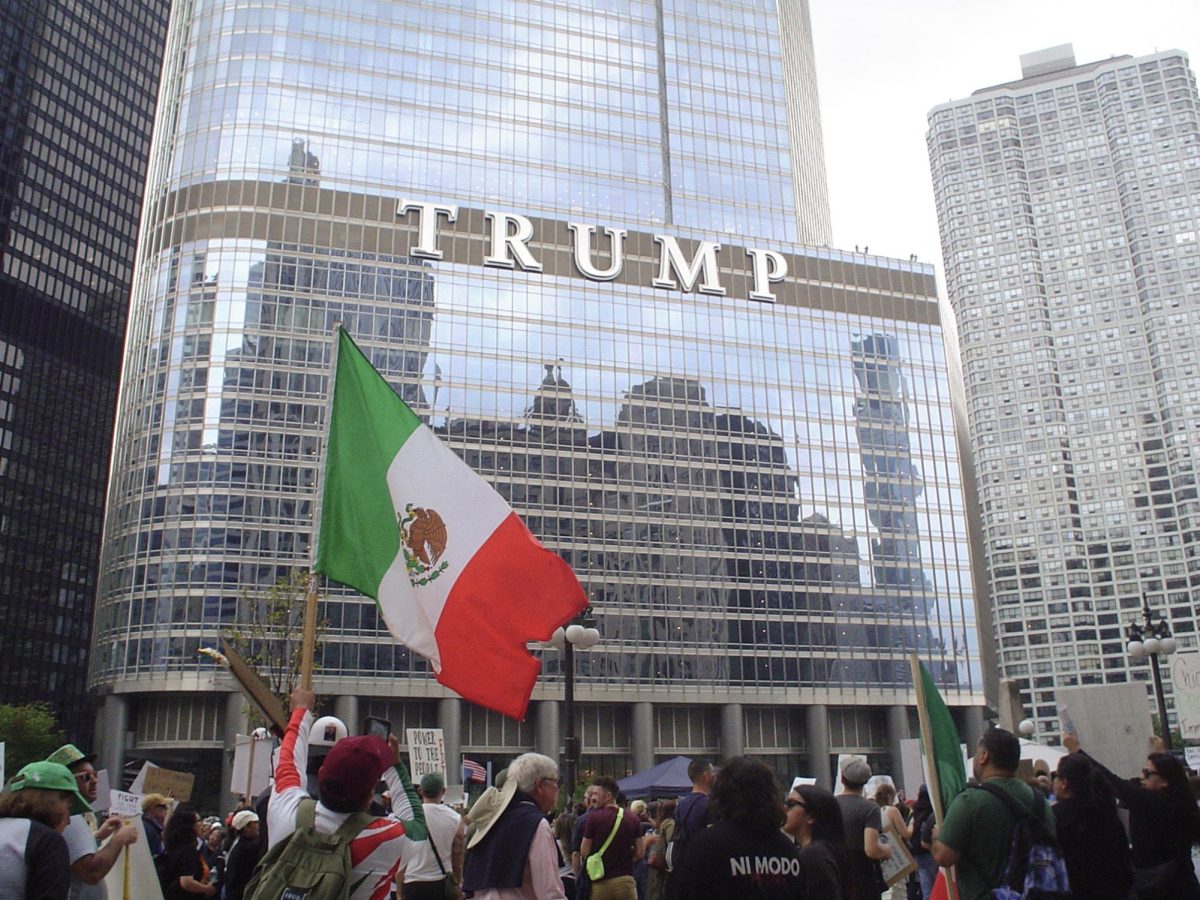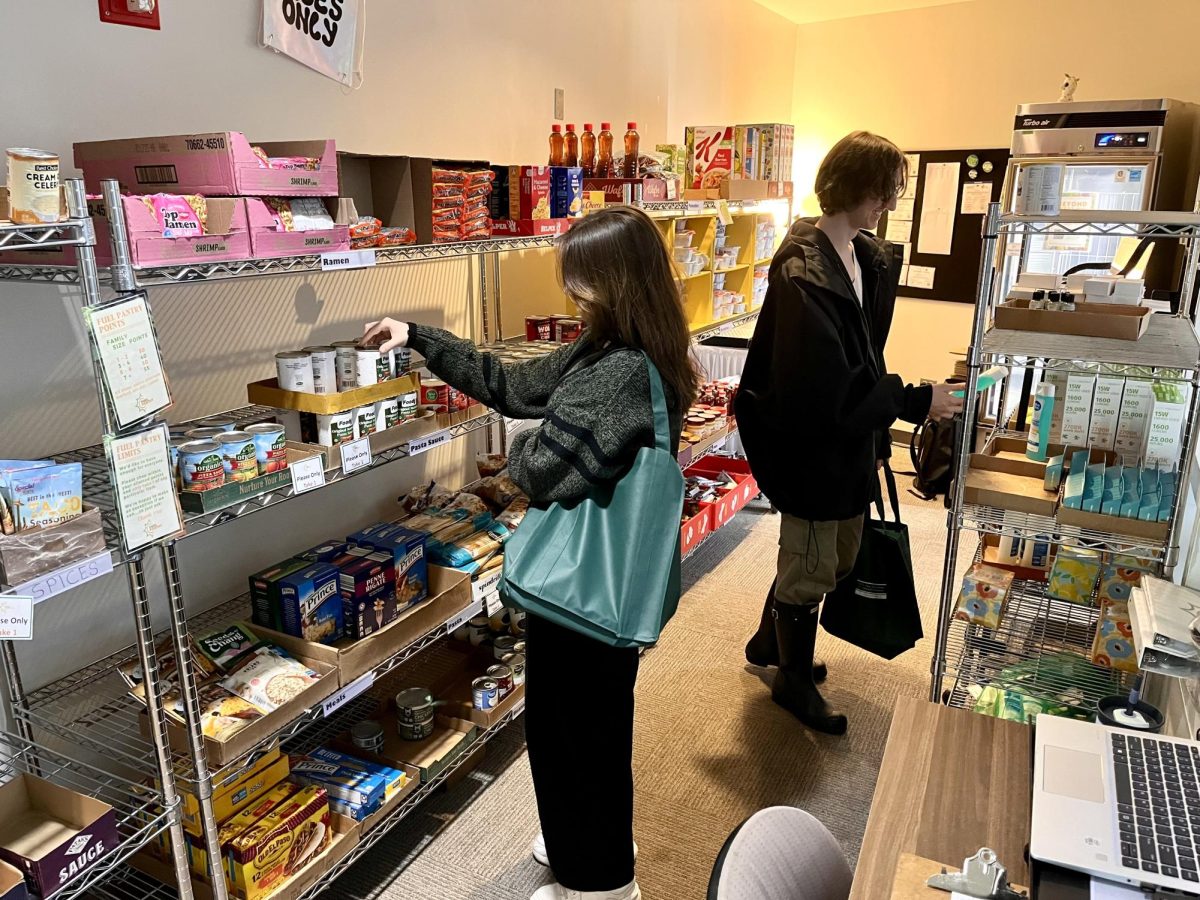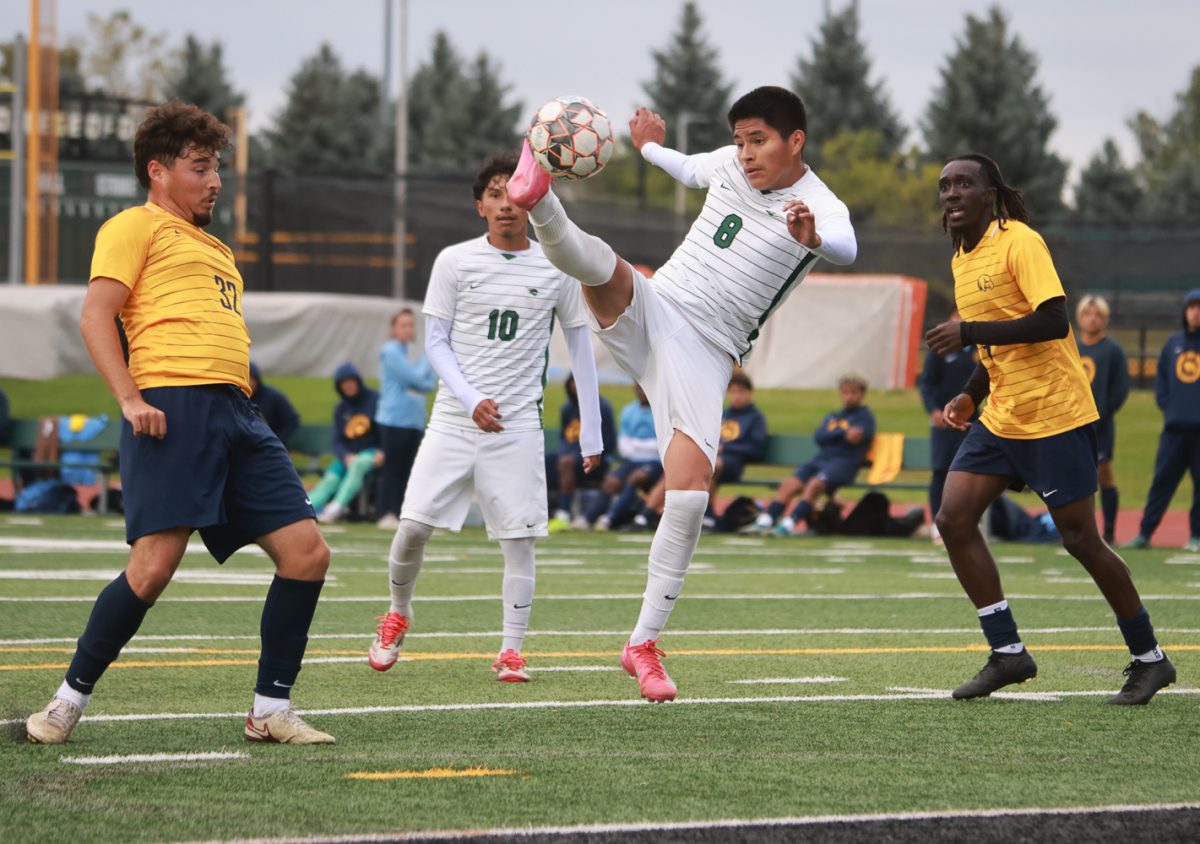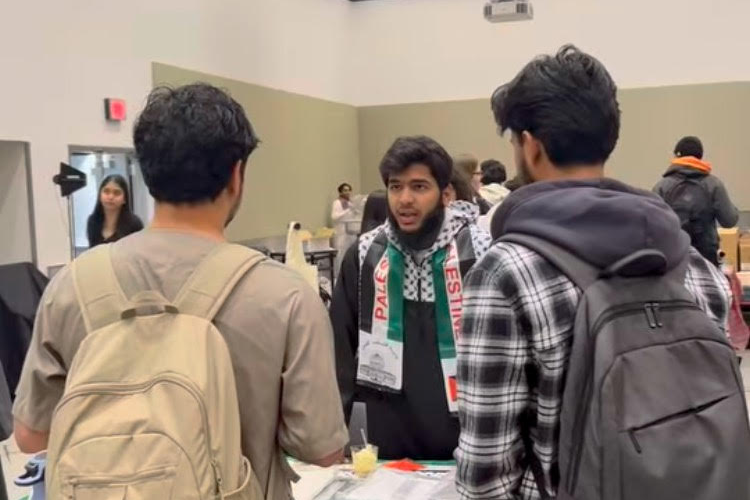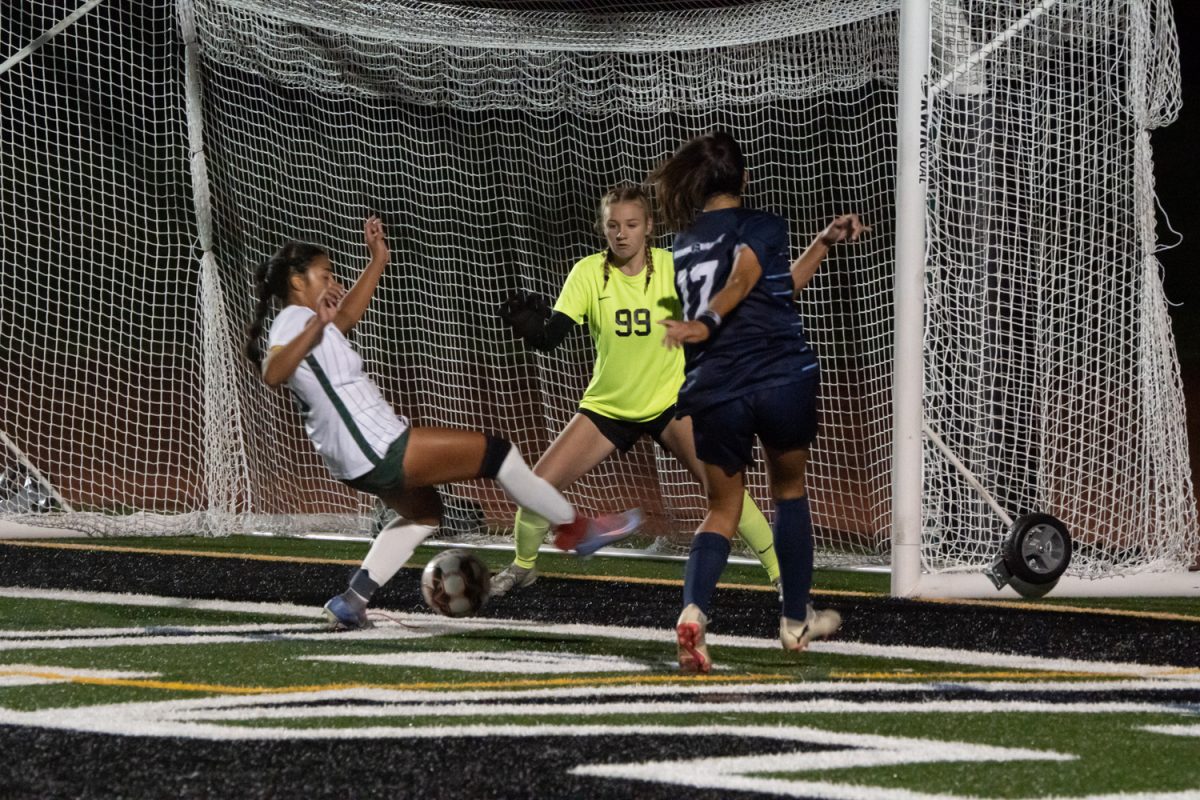More students are taking out private loans as college costs rise
Private loans offer students little protection when things go wrong
May 8, 2020
WASHINGTON, D.C. –As our higher education system is turned upside down, there’s reason to worry that more students will take out private loans and struggle to pay them back.
Private student loan debt is rising at a faster rate than federal student loan debt, according to an April report from the Student Borrower Protection Center. Since 2012, the volume of new private student loan originations has increased each year, but the volume of new federal student loan originations has decreased during that period.
“A lot of that has to do with the sheer cost of higher education in America,” said Seth Frotman, executive director of the Center. “We are just forcing more and more people to take on not only more credit and debt but riskier credit and debt to try to keep up.”
By the end of 2019, there was $128 billion in private student loans, which was higher than total debt for payday loans and past-due medical debt. The total for federal and private student loan debt is about $1.6 trillion.
And if the coronavirus pandemic has decreased a student’s income and made paying back private loans nearly impossible, there is no federal help. By contrast, for student loans held by the federal government, borrowers don’t have to pay until Sept. 30, and the interest is zero until that date.
“The private student loan market is the wild, wild west of consumer finance in terms of the lack of protection, the lack of accountability, the lack of oversight.”
Seth Frotman, executive director, Student Borrower Protection Center
In the 2018-2019 school year, about 12 percent of student loans were not federal, according to a report from the College Board.
Private student loans can have interest rates as high as 14 percent, and because they are private, there is little to no oversight of the industry by the government. This lack of government regulation can put vulnerable borrowers at risk.
“There’s really no reason that the school would even know, in a lot of cases, that a student is taking out a [private] student loan,” said Andrew Gillen, a senior policy analyst at the Texas Public Policy Foundation’s Center for Innovation in Education. “People can kind of just kind of go out and get a student loan without telling the government or their school.”
When colleges don’t know how students are paying for their education, the institutions can’t fully advise them on how to borrow wisely. And for students of color, private student loans may lead to a much longer financial burden than that for which they planned.
Black student borrowers are less than half as likely as white borrowers to use a private student loan for their education, but those whodo are four times as likely as their white peers to face distress in repayment, according to the Student Borrower Protection Center’s report. Economic hardship causes almost 25 percent of borrowers from the lowest income bracket to fail to pay their loans on time, the report said.
With more families and college students out of work, it’s possible that more students will need loans – federal and private – to complete their education.
If students or their parents are laid off, and making tuition payments becomes a burden, they’ll qualify for more federal aid, said Gillen.
“They will need to borrow less private student loans because they’ll basically be borrowing more at the federal level,” he said. But there are limits to federal borrowing, and that’s when private loans come in.
“If they were already going to max out their federal borrowing, we could see an offsetting tendency where they then resort to these private student loans,” he said.
“We are just forcing more and more people to take on not only more credit and debt but riskier credit and debt to try to keep up.”
Seth Frotman, executive director, Student Borrower Protection Center
Frotman thinks there will be a rise in private student loans, based on what happened during the last financial crisis.
“What you saw during the last crisis was that more and more of the obligation of higher education was put on the backs of families, as states really scaled back their investment in higher education,” he said. “Families lost out on life savings and the value of their house and the ability to chip in. And you really saw this tremendous growth in outstanding student loan debt.”
There are many unknowns about the private student loan market, partly because many lenders – such as small banks and private nonbank lenders – don’t have to adhere to the same public reporting standards as required for federal loans. But what we do know is that for borrowers unable to pay their bills, there is no federal safety net.
“The private student loan market is the wild, wild west of consumer finance in terms of the lack of protection, the lack of accountability, the lack of oversight,” said Frotman.
This story about private student loans was produced by The Hechinger Report, a nonprofit, independent news organization focused on inequality and innovation in education. Sign up for our higher education newsletter.







